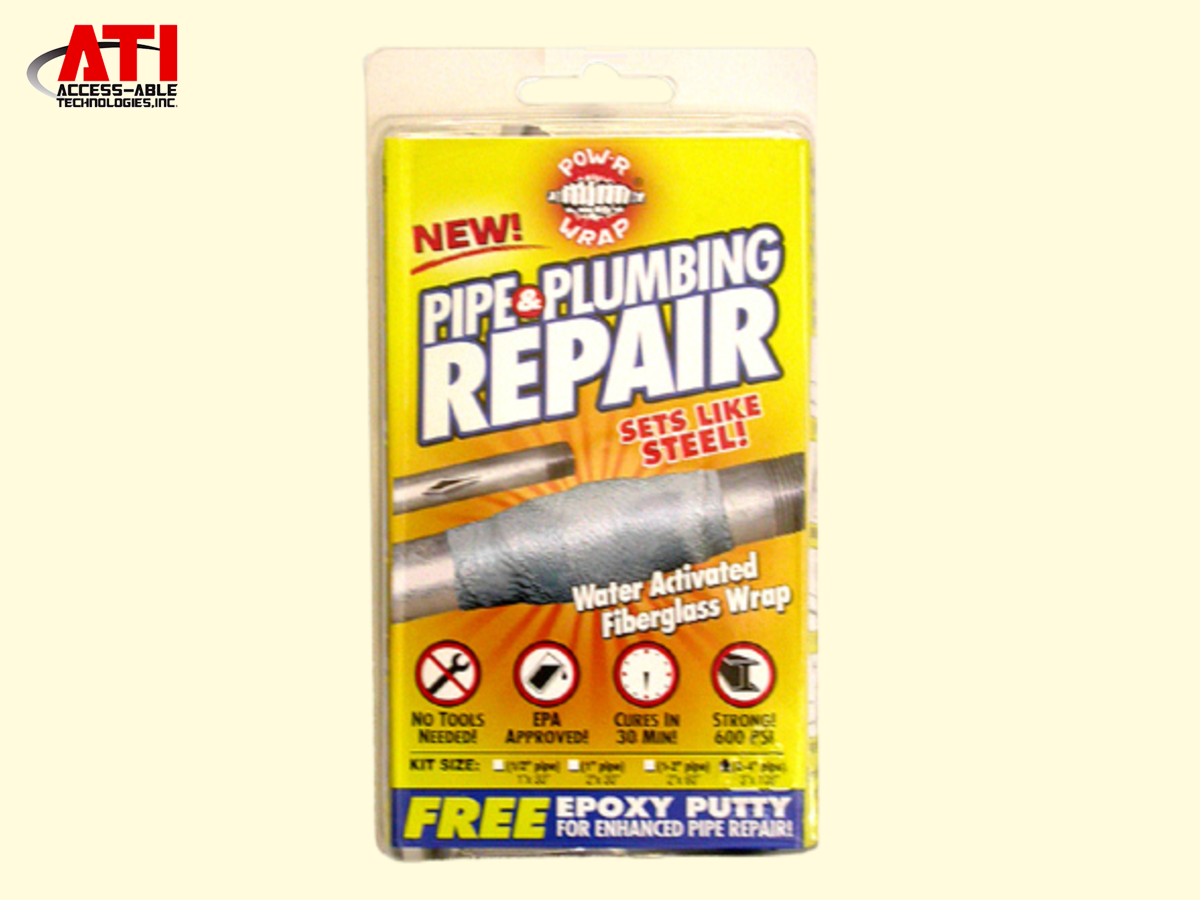
Can Plumbing Wrap Stop Pipes from Sweating in Humid Weather?
Suppose entering your basement or utility space on a sweltering, humid day. You can hear the motors humming, but what draws your attention is the condensation forming on your frigid pipes. The little water beads slide along the metal, wetting the flooring and inviting a possible hazard. It’s not a leak! But it certainly seems like it. This annoying phenomenon is commonly called “pipe sweating” and can cause you more headaches than you can think of. This is where plumbing wrap enters the picture. But does it actually work in preventing pipe sweating? Let’s discover.
What is Pipe Sweating?
Pipe sweating has nothing to do with your plumbing getting warm under the pressure! It’s simply condensation. Here’s why it occurs:
When warm, moist air meets cold pipes, the water in the air condenses on the cold surface and is released as droplets of water. The same occurs when you get a cold soda can out of the refrigerator—the outside “sweats.”
This issue is primarily found on cold-water pipes in crawl spaces, basements, or garages where the temperature gradient is more significant. What seems to be a harmless phenomenon initially, pipe sweating regularly can result in severe problems like:
- Growth of mold and mildew
- Water discoloration on walls or ceilings
- Rusting or corrosion on pipes
- Dangerously slippery surfaces
- Structural damage after prolonged periods
How Does Plumbing Wrap Help?
These wrap serves as a shield around your pipes. It keeps warm, damp air from reaching the cold surface of the pipe. These wraps come in different types, like:
- Foam wraps
- Fiberglass wraps
- Rubber insulation wraps
- Water-activated wraps
Some wraps are easy to apply without any tools, while others provide extra durability for long-lasting protection. A water-activated option can cure quickly and stick tightly around your pipes.
Why Insulation Matters?
- It raises the surface temperature of the pipe
- Blocks humid air from touching the pipe
- Helps reduce energy loss on hot water lines
- Protects pipes from freezing in winter
- Adds durability to older plumbing systems
For extra protection, people often apply steel metal putty to patch small cracks or weak spots before wrapping the pipes. It strengthens the pipe, making sure leaks don’t form under the wrap.
Is Pipe Sweating Really a Big Deal?
Ignoring pipe sweating can cause more trouble than you expect. Even if it starts small, over time, constant moisture can:
- Promote Mold Growth: Mold loves dark, damp environments
- Weaken Wood Structures: Moisture can rot wood or damage drywall
- Promote Rust and Corrosion: Especially on metal pipes
- Increase Maintenance Costs: Unattended condensation can lead to expensive repairs
Using steel metal putty and pipe wrap together not only prevents sweating but also boosts your plumbing’s strength, especially in older homes or areas with extreme humidity.
Why Plumbing Wrap Makes Sense?
Picture dwelling in a state such as Florida or Louisiana, where humidity seems perpetual. Exposed pipes in your garage or basement will most certainly sweat every day. A quick fix is to use plumbing wrap. Homeowners tend to find an instant difference—dry pipes, no slippery floors, and less stress regarding mold or water damage.
How to Install Plumbing Wrap the Easy Way?
The good news? It’s a simple DIY job. Here’s how:
- Clean the surface and remove the settled dust.
- Look for cracks or holes in areas. If you detect them, use steel metal putty to fix them first before wrapping.
- Add the pipe wrap around the pipe tightly, and overlap the wrap for better coverage.
- Secure the wrap with tape or clips.
- Test on a humid day by checking for condensation. If done correctly, your pipes should remain dry.
Other Useful Products for Pipe Protection
In addition to wraps and putty, other useful products effectively protect your plumbing, including:
- Cold-weld epoxy for repairing bigger leaks
- Water-activated repair kits for frozen or burst pipes
- Rust eradicators for weathered or corroded metal surfaces
These products complement pipe wrap to give complete protection against sweating, leaks, and damage.
Popular Misconceptions Regarding Pipe Sweating
Misconception 1: Sweating occurs only in old pipes
Reality: Brand-new pipes may start leaking due to humid air.
Misconception 3: Only metal pipes leak
Reality: Metal pipes are prone, but all types of material can suffer from condensation.
Misconception 4: Pipe sweating concerns itself only with summer
Reality: Just because summer is all about high humidity, pipe sweating also occurs in colder months when indoor heating causes temperature differences.
The Use of Steel Metal Putty in Pipe Protection
Steel metal putty is used to fill tiny cracks or weak areas before using pipe wrap. The putty sets fast and provides a hard patch that keeps the pipe leak-free. It’s great for reinforcing pipes prior to wrapping them, particularly in sweating or damaged areas.
In combination, steel metal putty and pipe wrap provide an efficient, long-term solution to protecting pipes.
Final Thoughts
Picture your home without soggy, slippery floors or those annoying mildewy corners — that’s exactly what we help you achieve at Access-Able Technologies. With rising humidity levels all around, pipe sweating isn’t something to overlook. That’s why our plumbing wrap solutions offer an easy, affordable fix to what could otherwise become a costly problem.
At Access-Able Technologies, we believe prevention is always better (and way cheaper) than repairs. Pair our pipe wrap with handy tools like steel metal putty, and you’ve got a reliable defense against pipe damage.
So, when the weather turns muggy, trust Access-Able Technologies to keep your pipes dry — and your floors, too.
